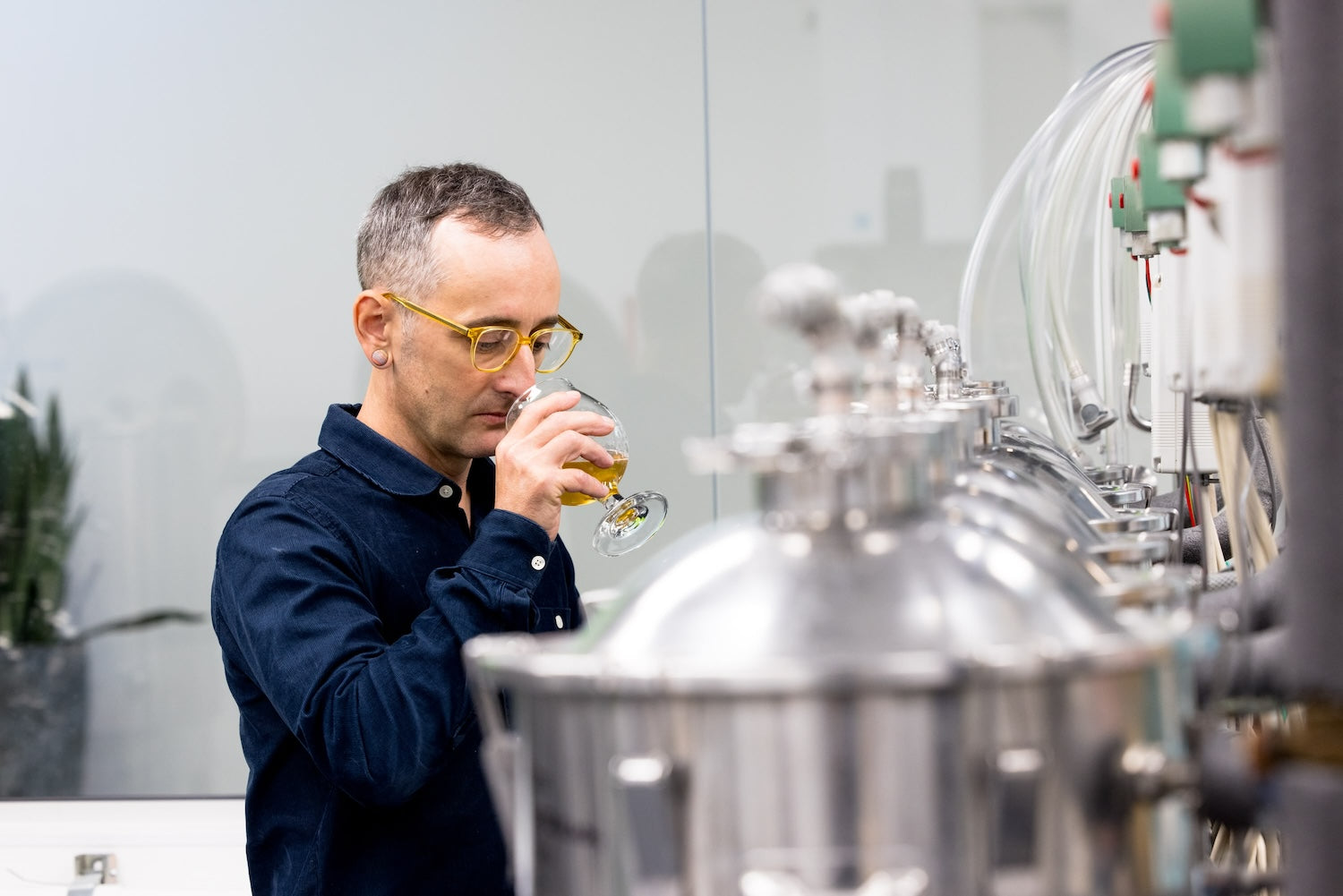BEST PRACTICES
YEAST HARVESTING
Based on our work with operating breweries, below are our best practices for harvesting our yeast.
1. Ferment
We recommend harvesting yeast from beers that have a starting Plato of 18 °P or lower. At higher gravities yeast are put under significant stress that will decline overall yeast health.
Cool wort and aerate using standard brewery procedures.
Pitch yeast at a rate of 750K - 1.5M cells/mL/Degree Plato (depending on strain)
Monitor attenuation.
Dry hopping is detrimental to yeast health. We recommend harvesting yeast before dry hopping.
2. Settle (Two Options)
OPTION 1: PRESSURE METHOD
Cap the fermentor 1–2°P before terminal gravity.
Let pressure increase naturally as the yeast consume the remaining sugar.
Once the gravity has stabilized, increase the pressure to 8 psi by adding CO2 in through the racking arm (positioned upward).
Allow the yeast to settle into the cone for 12–24 hours.
OPTION 2: SOFT-CRASH METHOD
Once fermentation has subsided (3–5 days), set the fermentor temperature to 57–60°F.
When the target temperature has been reached, add CO2 through the racking arm to increase the pressure to 8 psi.
Immediately release the pressure with a quick burst by opening the valve connected to the blow-off. This will help break apart any top-cropping yeast.
Wait 24 hours for the yeast to settle to the bottom of the cone.
3. Harvest
To prevent channeling, harvest yeast through a narrow diameter (0.75–1ʺ) sight glass and butterfly valve.
Verify yeast viability is above 90% before repitching.
Pitch yeast directly into another tank or store it in a brink for later use. Keep the yeast cold (32–40°F) if not pitched immediately.
If using a brink, a sterile filter can be used to allow off-gassing. Yeast will be healthiest if stored below 2 psi.
When ready to repitch the yeast, check viability and calculate the correct amount to match the specs of your next brew.
CELL COUNTING TIP: London-based strains tend to clump together, making counting difficult. To disperse cells for accurate counts, conduct dilutions in a 0.25 M EDTA solution.

CUSTOM STRAINS
Extraordinary yeast made with you, for you
Although the possibilities of what yeast can do are endless, the only one that matters to you is the one that you need. We partner with food and beverage manufacturers to create exclusive yeast strains that are customized to address highly specific issues.
Explore Custom Strains